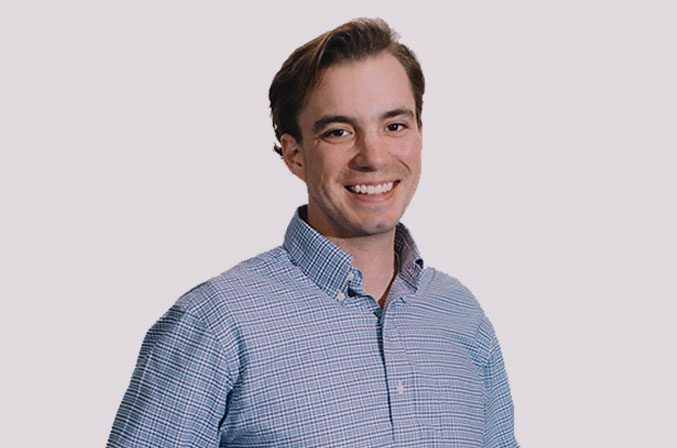To fund or not to fund, that is the question…
One of the main conversations happening in the private equity world is how populated the industry has become and its effect on the purchase price of a company. Whereas 5-10 years ago PE firms would pay a 3-5x EBITDA multiple to acquire a company, today that same company could sell for for a 5-7x multiple, with some companies in certain high growth markets like technology selling for a whopping 12x EBITDA. In other words, if a company’s EBITDA was 5 million dollars, a few years ago a PE firm would have offered somewhere between 15 and 25 million dollars to acquire the business, but today, that same company might sell for between $25-35M, or possibly higher.
Why is this? Why have the multiples gone up so much in such a relatively short period of time? To start looking for an answer, I found an article published in The Wall Street Journal on June 15th, titled, “Private Equity Has More Than It Can Spend.” The article speaks mostly about the amount of dry powder, or the amount of un-invested money raised by PE firms, while focusing on the fact that the firms have, as the WSJ points out, “been so successful in raising money from investors recently that it can’t spend it fast enough.” According to the WSJ, there was about $1.073 trillion dollars of “dry powder” for the year ending December 31, 2013, an increase of 130 billion dollars since the end of 2012.
The question I ask is whether or not there is a correlation between the increased EBITDA multiples and the amount of dry powder sitting in PE funds today.
To start to answer that question, let’s look at the model most PE firms use. Approximately 9 out of 10 PE firms use what is called a 2 and 20 model. The model assumes a 2% annual management fee on the money in the fund and a 20% fee on the profits of each company it sells. As an example, if a PE firm raises a 1 billion dollar fund, and decides that they don’t see any deals they like, they could choose not to make any deals for that year and still make $20 million (2% of $1 billion) for the year.
2 and 20 firms have started to become aware of investors’ concerns about this model, and have begun to somewhat force their way into deals. One would argue that those firms are pursuing deals they shouldn’t be making, that are either the wrong industry, or over-priced, just to satisfy their investors. As the WSJ article states, “some analysts fear that private-equity firms will struggle to invest such a large amount, resulting either in money remaining un-invested for years or in fund managers overpaying for deals.” This can leave investors in a tough predicament. They are left waiting for the PE firm to give them a capital call, but need to keep their money super liquid in order to invest, because, if while waiting for the PE firm to close a deal, the investor decides to enter a different investment, they may not have the cash to invest and will default on the pledge. Defaulting on a pledge will not only get the investor blacklisted from most PE firms in the future, but may also result in a loss of money. One can make the argument that not only have the investors not made a return from the PE firm, but they also had opportunity costs due to investments they decided to pass up out of fear of defaulting.
The question that many PE firms are asking themselves is: how can we keep our investors happy, while still being patient and selecting only the most promising deals? The Watermill Group’s answer, which I feel is the best solution, is having no fund at all. Watermill has a group of private investors that have committed to finance deals when they occur. In the meantime, while Watermill is looking for the right deal, investors can invest their money however they want, without a 2% management fee. In addition, if a Watermill investor has his cash tied up in other investments when the capital call arrives, he can just pass on the deal with no repercussions. By using the “fund-less” model, Watermill feels absolutely no pressure to overpay for a deal, and can afford, if need be, to go a year without making a deal with no anxiety on the part of their investors.
It will be interesting to monitor whether PE firms lean more towards Watermill’s model or whether they stick with a conventional 2 and 20 model. As a partner in Watermill said on the first day of my internship, “PE is a huge and expanding bubble, and it’ll be interesting to see when it bursts.”
As an aside, this is my 5th week as an intern in the PE world, so take all of the above with a grain of salt.
-By Intern Akiva







